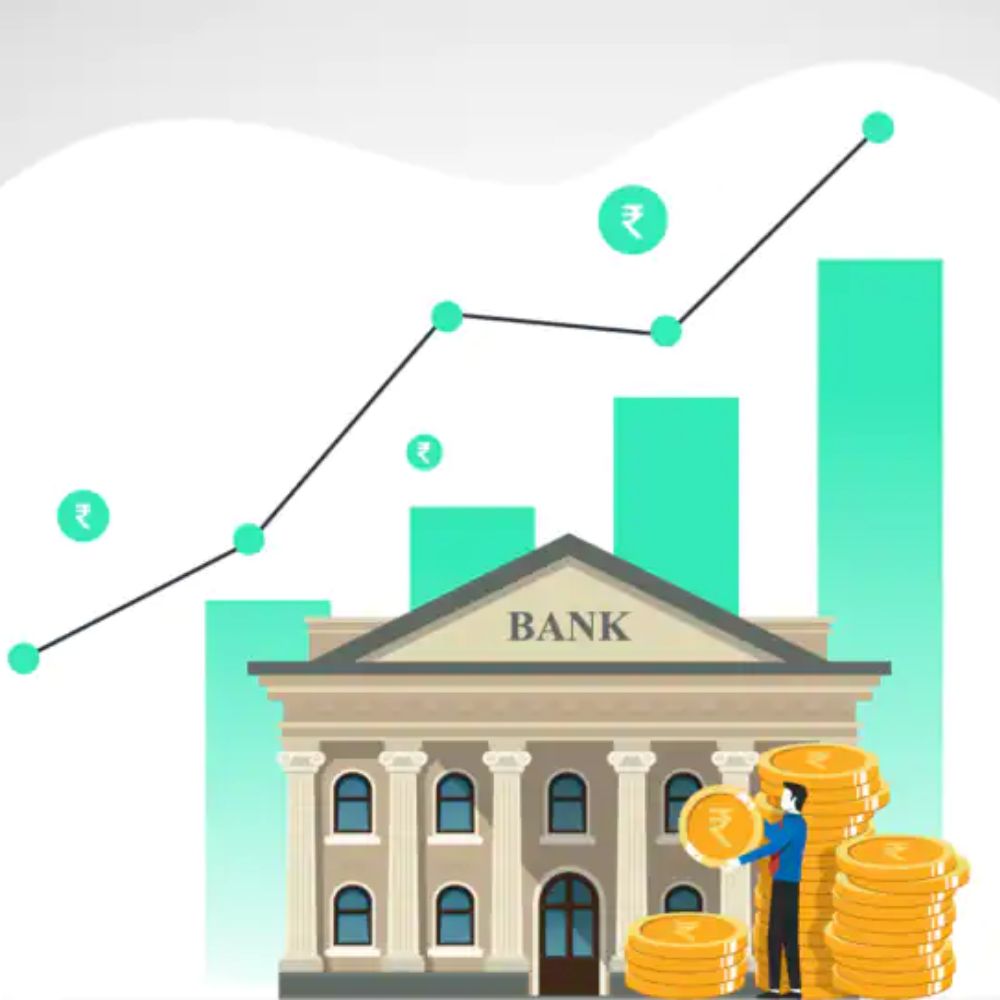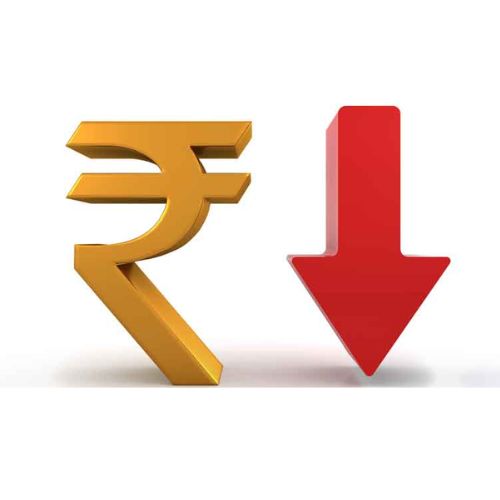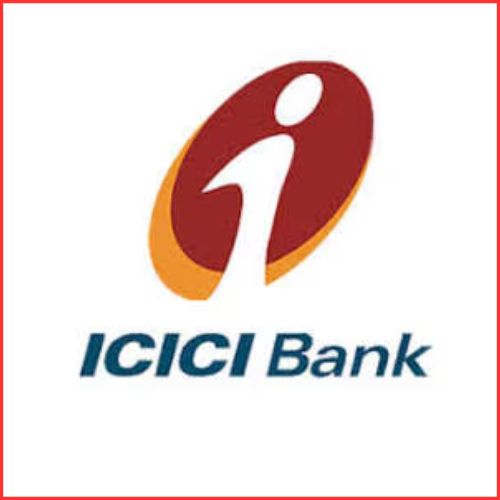The Reserve Bank of India is the main institution of the banking and financial system of India, and it directly reports to the Ministry of Finance. The purpose of RBI or Reserve Bank of India is to “regulate the issue of Bank notes and the keeping of reserves with a view to securing monetary stability in India and generally to operate the currency and credit system of the country to its advantage,” according to the Preamble of the Reserve Bank of India Act, 1934 (the Act), under which it was established.
Functions of the Reserve Bank of India

The Reserve Bank’s current duties can be divided into the following categories: Fiscal strategy Regulation and oversight of financial organizations, both banking, and non-banking, including credit information companies Regulation of financial derivatives, currency, and government assets market administration of the central and state governments’ debt and finances. reserve management for international currency. Management of foreign exchange—current and capital accounts.
Bank to institutions broker. Government of the Central and State bankers. control over the settlement and payment mechanisms. currency control. part in development. both numbers and research. Rising global integration benefits the Indian economy by broadening its scope and rate of expansion, but it also leaves the country vulnerable to external disruptions. Thus, preserving financial equilibrium became a key responsibility for the Reserve Bank.
What is the role of the Reserve Bank of India In the Indian banking system?

It makes decisions about the nation’s monetary strategy. Preserving financial stability and suitable liquidity in the economy is the Reserve Bank of India’s (RBI) main duty. The following is a list and explanation of some of the Reserve Bank of India’s key responsibilities: Monetary Management: The Reserve Bank of India’s primary duties include developing and effectively implementing monetary policy. Monetary policy employs a number of different tools to influence the cost and accessibility of money in the economy.
The objective is still to promote economic expansion while preserving price stability. It ensures that the productive segments of the economy will always have access to credit. The currency’s owner – The issuance and administration of currency are essential central banking operations. The creation, production, distribution, and general administration of the nation’s currency are under the control of the Reserve Bank of India (RBI). It tries to guarantee that the state has an ample supply of genuine and clean notes. Lowering the likelihood of faking is its objective. False currency is frequently used to finance terrorism, which has a number of detrimental effects.
The Reserve Bank of India (RBI) is in charge of managing the government’s debt and serving as its banker. The Indian government’s cash assets are also kept by the Reserve Bank of India. It can lend money to state administrations as well. In order to execute the government’s transactions, it assigns other banks to serve as its agents. It also oversees public debt and extends new loans on behalf of the federal and local governments. Banker to Banks – The RBI is in charge of settling interbank transfers as well. A “clearing house,” which enables banks to submit checks and other similar instruments for clearing, is typically used to achieve this. All of the banks use the central bank as their shared banker.
Financial supervision and regulation The RBI has a wide range of regulation and oversight responsibilities. It seeks to guarantee overall financial stability through a number of policy measures. Its objective is to guarantee the orderly growth and operation of banking operations, as well as the liquidity and solvency of banks. Developmental Role: The Reserve Bank of India (RBI) aggressively advances and supports national development initiatives.
It ensures that the productive sectors of the economy have adequate access to credit and sets up institutions to aid in the construction of financial infrastructure. Additionally, it aims to guarantee that all people can obtain banking services. Monitors Market Activities – The Central Bank carries out its monetary policy through the sale of government assets, the exchange of foreign currencies, and money market activities. Additionally, it creates and regulates various market instruments, including the repo market and term money market.
Foreign Exchange Management: The Reserve Bank of India controls the foreign exchange market. (RBI). Additionally, virtually all sectors are now available for foreign investment. Increasing the money supply, financing a budget deficit, increasing government spending, inadequate agricultural and industrial development, rising administered prices, rising import prices, and rising taxes are some of the main factors contributing to inflation in India.
Does the Indian Gov control the Reserve Bank of India?

The Reserve Bank of India, also known as RBI, is the country’s central bank and the regulatory authority in charge of overseeing the country’s banking industry. The Government of India’s Ministry of Finance is the proprietor. It is in charge of overseeing, releasing, and maintaining the quantity of the Indian.
*All of the above images are taken from Google.














